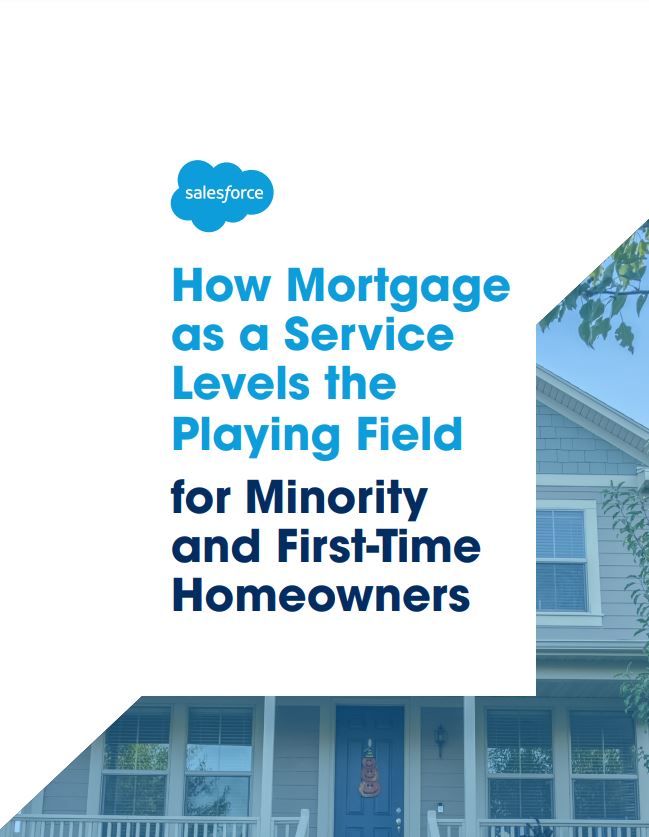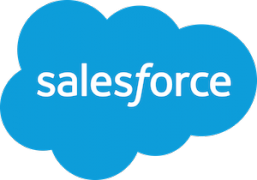White paper: How mortgage-as-a-service levels the playing field for minority and first-time homeowners
Download now!
Communities of colour continue to experience lower levels of homeownership. This can affect the stability of neighbourhoods and families, while also leading to lower intergenerational wealth for families of colour.
The evidence is not just anecdotal – the racial disparities in federal data are visible. The homeownership gap remains strikingly large, with little progress made to close it, even in recent years. Statistics from the US Census Bureau show that, for the second quarter of 2021, the rate of African-American homeownership across America was 44.6%, compared to 42.3% for the same period four years ago.
The rate of Asian Americans and Pacific Islanders (AAPI) was 58.7% (Q2 2021) versus 56.5% (Q2 2017), and for Hispanic households, 47.5% for Q2 2021 and 45.5% for Q2 2017.
Compare these rates to those of non-Hispanic White households—74.2% (Q2 2021) and 72.2% (Q2 2017) – and the homeownership gap is undeniable.
Accessibility greatly affects the homeownership gap. There are fewer bank branches in communities of colour, which typically consist of low- to moderate-income households. Lending coverage gaps in these markets exist for many reasons, including historical redlining, the continued decline of minority-owned banks, and other market failures.
This free white paper explores the benefits of closing the homeownership gap, systemic mortgage industry issues, and how Salesforce is partnering with Rocket Mortgage to enable mortgage-as-a-service and increase minority and first time homeownership.
Brought to you by Salesforce













































